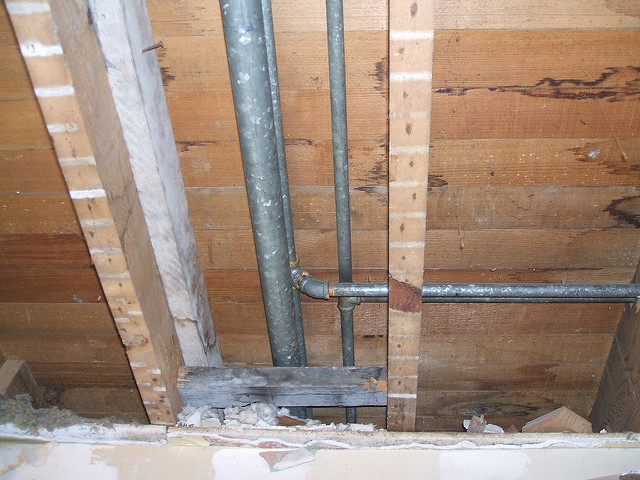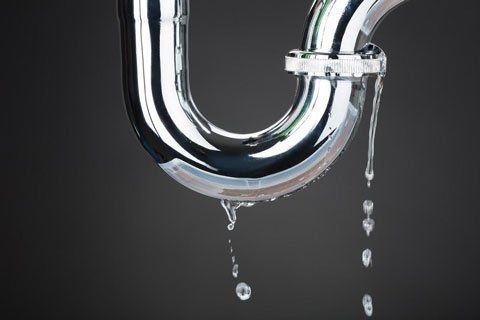Detect Concealed Water Line Leaks: Six Smart Detection Tips
Detect Concealed Water Line Leaks: Six Smart Detection Tips
Blog Article
In this article in the next paragraph you might get lots of decent insight when it comes to Detecting hidden plumbing leaks.

Early discovery of leaking water lines can alleviate a potential catastrophe. In addition to saving you cash, it will minimize the worry and irritation. The moment you discover a leakage, calling your plumber for fixings is the best remedy. Some tiny water leaks might not be noticeable. If you can not discover it with your nude eyes, right here are some hacks that assist.
1. Take A Look At the Water Meter
Every residence has a water meter. Inspecting it is a guaranteed manner in which aids you uncover leakages. For beginners, turn off all the water sources. Guarantee no person will certainly purge, make use of the tap, shower, run the washing maker or dish washer. From there, go to the meter as well as watch if it will certainly alter. Considering that nobody is utilizing it, there must be no motions. That suggests a fast-moving leakage if it relocates. Also, if you spot no changes, wait a hr or more and examine back again. This implies you may have a slow leakage that could even be underground.
2. Inspect Water Usage
If you spot abrupt modifications, despite your consumption being the very same, it indicates that you have leaks in your plumbing system. An abrupt spike in your expense indicates a fast-moving leakage.
On the other hand, a stable rise on a monthly basis, despite the same routines, shows you have a slow-moving leak that's additionally slowly rising. Call a plumber to completely examine your building, particularly if you really feel a warm location on your flooring with piping underneath.
3. Do a Food Coloring Examination
30% comes from toilets when it comes to water usage. Examination to see if they are running correctly. Decline specks of food color in the tank and also wait 10 mins. If the color in some way infiltrates your dish during that time without flushing, there's a leakage in between the tank as well as bowl.
4. Asses Outside Lines
Don't forget to check your outdoor water lines too. Ought to water leak out of the link, you have a loose rubber gasket. One tiny leakage can squander lots of water as well as surge your water expense.
5. Inspect and also Analyze the Situation
Property owners ought to make it a habit to check under the sink counters and even inside closets for any kind of bad odor or mold and mildew growth. These two red flags indicate a leak so timely attention is required. Doing regular examinations, also bi-annually, can conserve you from a major issue.
Check for discolorations and also deteriorating as many pipes and also home appliances have a life expectations. If you suspect dripping water lines in your plumbing system, don't wait for it to rise.
Early detection of dripping water lines can alleviate a potential disaster. Some little water leaks might not be visible. Inspecting it is a surefire means that assists you uncover leaks. One little leak can throw away loads of water and also increase your water expense.
If you believe leaking water lines in your plumbing system, do not wait for it to rise.
WARNING SIGNS OF WATER LEAKAGE BEHIND THE WALL
PERSISTENT MUSTY ODORS
As water slowly drips from a leaky pipe inside the wall, flooring and sheetrock stay damp and develop an odor similar to wet cardboard. It generates a musty smell that can help you find hidden leaks.
MOLD IN UNUSUAL AREAS
Mold usually grows in wet areas like kitchens, baths and laundry rooms. If you spot the stuff on walls or baseboards in other rooms of the house, it’s a good indicator of undetected water leaks.
STAINS THAT GROW
When mold thrives around a leaky pipe, it sometimes takes hold on the inside surface of the affected wall. A growing stain on otherwise clean sheetrock is often your sign of a hidden plumbing problem.
PEELING OR BUBBLING WALLPAPER / PAINT
This clue is easy to miss in rooms that don’t get much use. When you see wallpaper separating along seams or paint bubbling or flaking off the wall, blame sheetrock that stays wet because of an undetected leak.
BUCKLED CEILINGS AND STAINED FLOORS
If ceilings or floors in bathrooms, kitchens or laundry areas develop structural problems, don’t rule out constant damp inside the walls. Wet sheetrock can affect adjacent framing, flooring and ceilings.
https://www.servicemasterbyzaba.com/blog/how-to-detect-water-leakage-in-walls/

As an avid reader on Hacks to detect leaks, I figured sharing that excerpt was really useful. Sharing is good. Helping people is fun. We appreciate reading our article about Top leak detection hacks.
Toilet issues? Call! Report this page